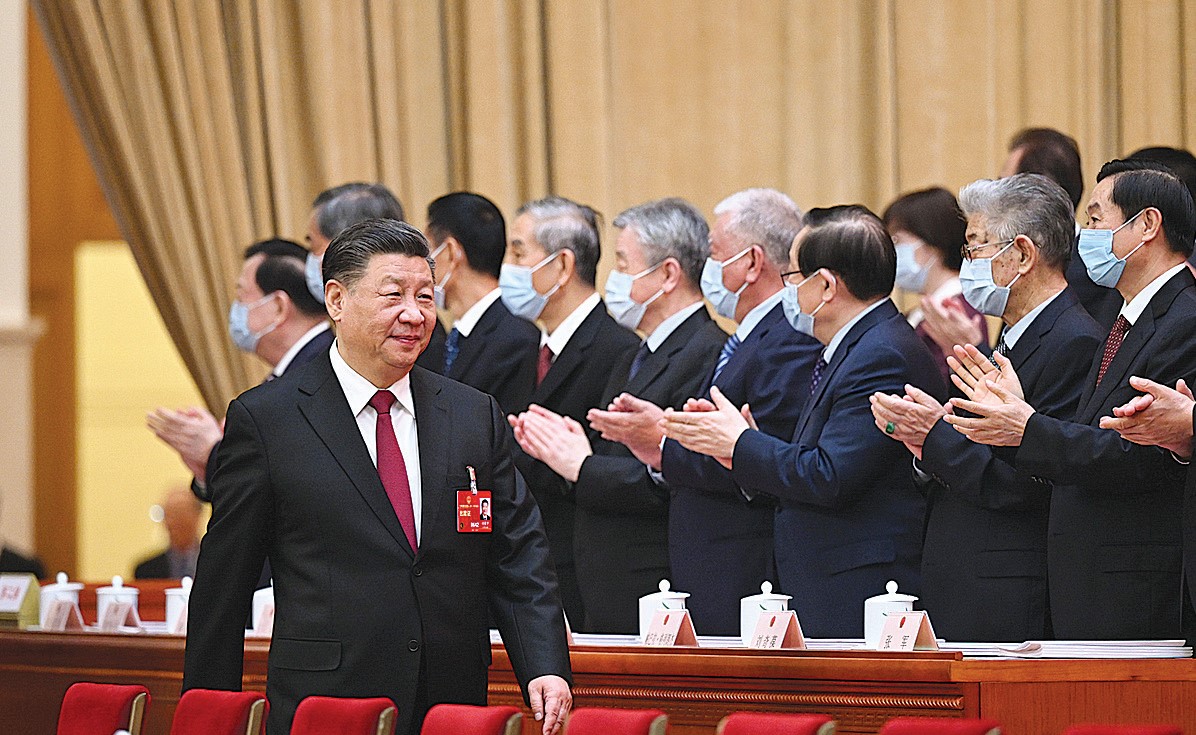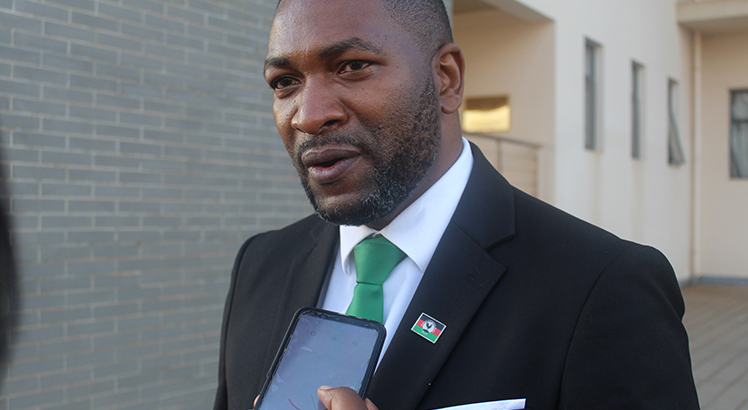Why coalitions fail in Malawi
 As 2014 draws close, political parties in Malawi will begin courting one another for possible coalitions. But as history shows, though such marriages bear fruits elsewhere, in Malawi they have not. What is the problem? Ephraim Nyondo finds out.
As 2014 draws close, political parties in Malawi will begin courting one another for possible coalitions. But as history shows, though such marriages bear fruits elsewhere, in Malawi they have not. What is the problem? Ephraim Nyondo finds out.
No one in Kenya had imagined that the Kenya National African Union (Kanu) would, one day, be voted out of power.
Just like Malawi Congress Party (MCP), the party had won Kenya’s independence in 1963, and with years, it had towered its politics and exerted hegemony on every aspect of Kenyans.
But in 2002, after 39 years in power, Kanu was voted out. How did it happen?
Frail and out of tune, Daniel Arap Moi—Kanu’s leader since 1978—chose 41-year-old Uhuru Kenyatta, son to Jomo Kenyatta, Kanu’s first leader, to be the party’s presidential candidate during the 2002 elections.
Raila Odinga—then leading a Rainbow Movement which was supporting Kanu—and other senior Kanu members, including Kalonzo Musyoka, George Saitoti and Joseph Kamotho, opposed the move.
They argued Uhuru was politically inexperienced and lacked necessary qualities to lead government.
As a show of protest, the Rainbow Movement went on to join the Liberal Democratic Party (LDP), which later teamed up with Mwai Kibaki’s National Alliance Party of Kenya (NAK), a coalition of several other parties, to form the National Rainbow Coalition (Narc) that eventually defeated Moi’s protégé, Uhuru.
Much as Raila’s story testifies that political coalitions can be a powerful tool in politics, in Malawi, history shows, it is yet to bear fruit.
Political coalitions have not started today. They date back to the 1960s.
However, in the period following the first multiparty elections in the 1990s, governing and opposition coalitions emerged to play a significant role in the political environment of many African countries.
Many of these coalitions were formed for the purpose of either strengthening the governing party or creating a viable and strong opposition bloc.
Malawi parties
Malawi has seen some coalitions formed to strengthen the governing party. Just after the 1994 elections, Aford entered into a political marriage with the then ruling party United Democratic Party (UDF).
However, major coalitions in Malawi have been formed within the context of creating a viable and strong opposition aimed at challenging incumbents.
Take the MCP and Aford alliance during the 1999 general elections. Well endowed with a large following in the Central and Northern regions, the coalition came second to UDF.
In 2004, a coalition of four parties—namely Republican Party (RP), People’s Progressive Movement (PPM), Movement for Genuine Democratic Change (Mgode) and People’s Transformation Party (Petra)— led by Gwanda Chakuamba, failed to, again, unseat UDF. They came third.
MCP and UDF again tried it during the 2009 elections. And just like the MCP and Aford alliance in 1999, they came second.
Why is it that party coalitions in Malawi fail to bear fruit the way Narc did it in Kenya?
Certainly, there must be a problem.
Wiseman Chijere Chirwa, professor of history at Chancellor College, argues that there are a number of fundamental reasons behind this.
“In the first place, party coalitions need to be well thought out before they are implemented. Those uniting need to find what they want to achieve and how they will do it. They need to be clear if their motive is just to unseat the government of the day or to be an alternative. Most coalitions have failed because they end up being not different from the incumbents that they are challenging. They are not well thought out,” he says.
Chirwa adds that lack of a common ideology among the parties forming a coalition is another crucial factor behind failure.
“Almost all coalitions have been motivated by an urgent need to unseat incumbents. They are not backed by any ideological commonality. They are so diverse in ways and beliefs, as a result, they fail to speak with a common voice,” he says.
Even timing, adds Chirwa, is another important factor that parties forming coalitions ignore.
“The question is: When do you form coalitions? For instance, we only have a few months to the 2014 general elections, yet parties are silent on coalitions. They will start forming coalitions perhaps seven days to the elections. Is this feasible? Parties need a common platform for time to easily reach out to voters and explain themselves clearly,” he says.
Even Blessings Chinsinga, associate professor of political science at Chancellor College, agrees with Chirwa.
“The challenge comes in because when a coalition is made at the last moment, parties fail to develop a joint platform to sell to the people. They end up being opportunists. They don’t offer development alternative at all, apart from unseating the incumbency,” he says.
Chinsinga, who gave an example of the MCP and UDF alliance in 2009 which was principally motivated by unseating Bingu wa Mutharika, added that another factor relates to uneven electoral field that opposition parties face.
“It is beyond comprehension that incumbents exploit every opportunity to their advantage. This works greatly to the disadvantage of the opposition,” Chinsinga said.
He advised that for parties to get the best from coalitions, this is the right time to start organising themselves.
“They need to start appealing to the masses now. They also need to start looking at what is common in them now,” he says.
With most major parties arguing that they will not go into coalitions for 2014 elections, the question is: Are they really serious or they are waiting for last minute coalitions?
Whatever happens, the story of how Raila’s Narc managed to change history will remain vivid—a point of reflection for parties that are considering coalitions.





